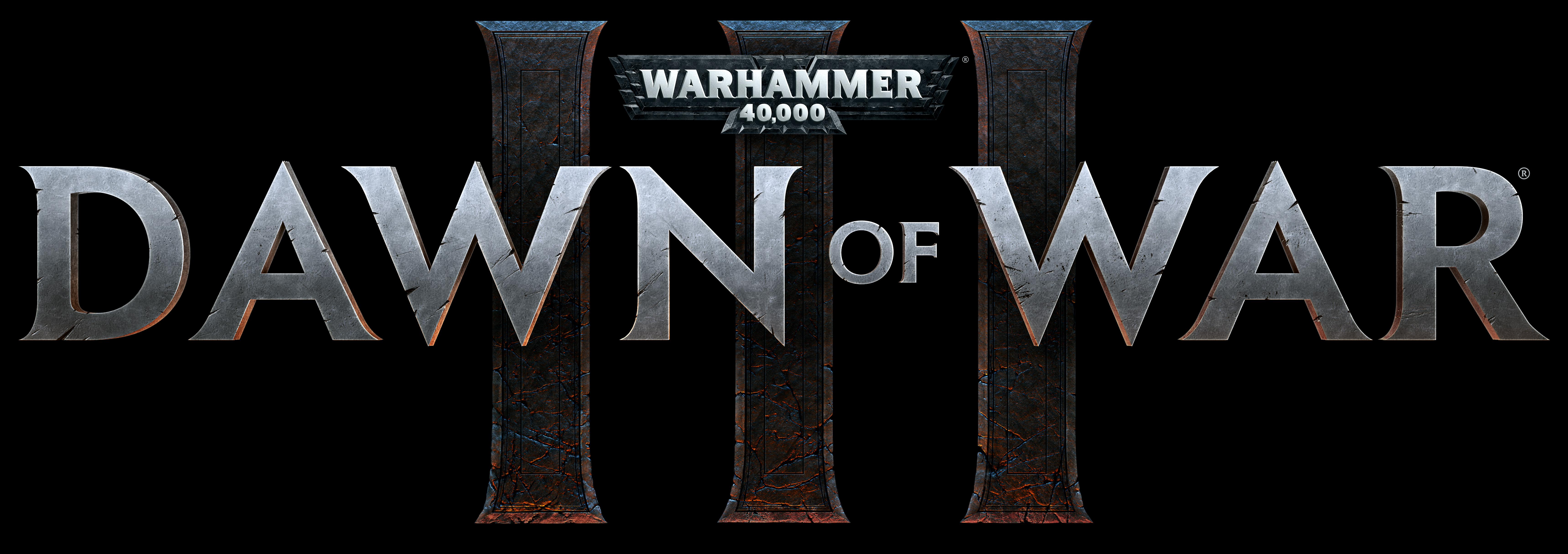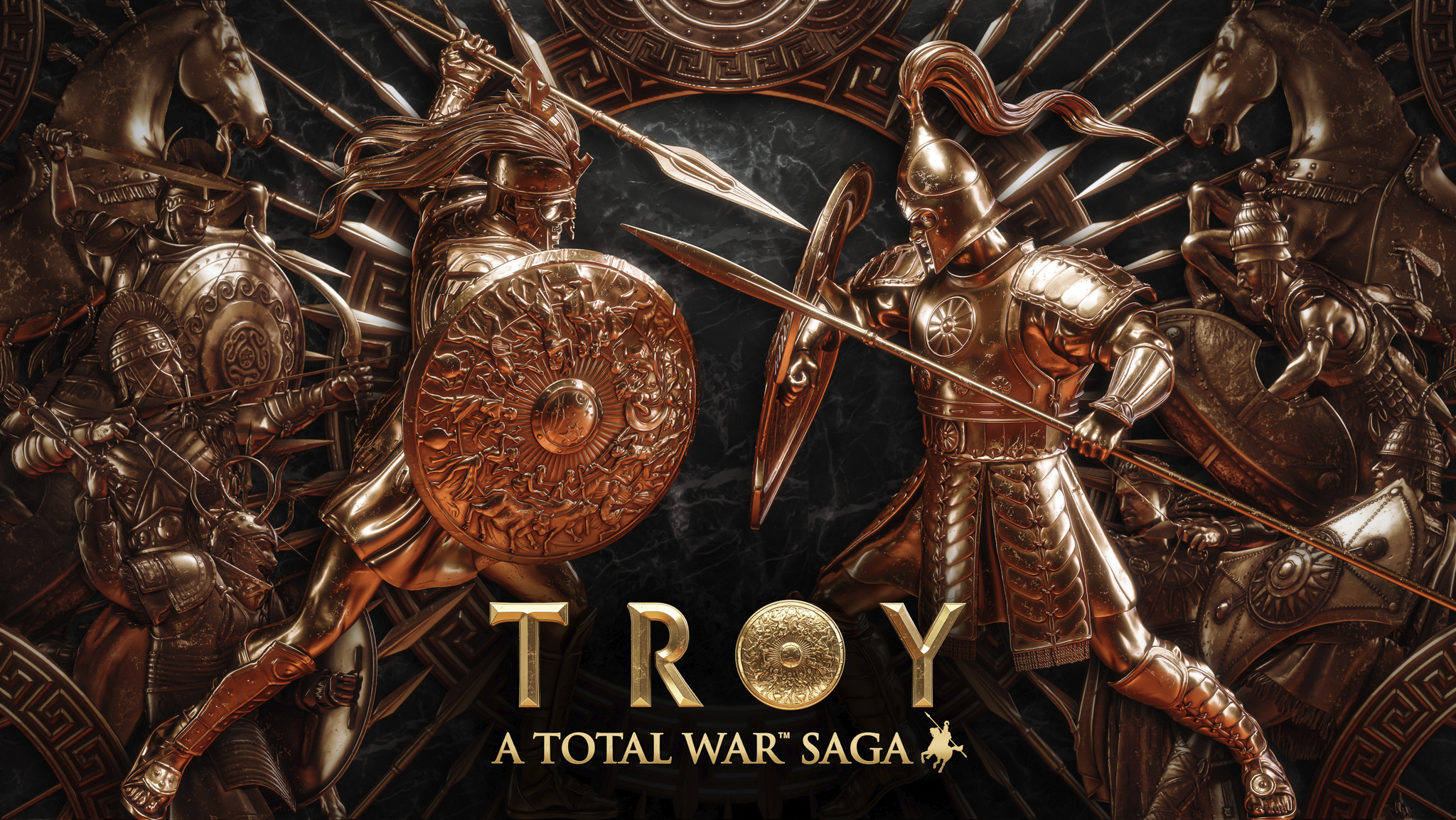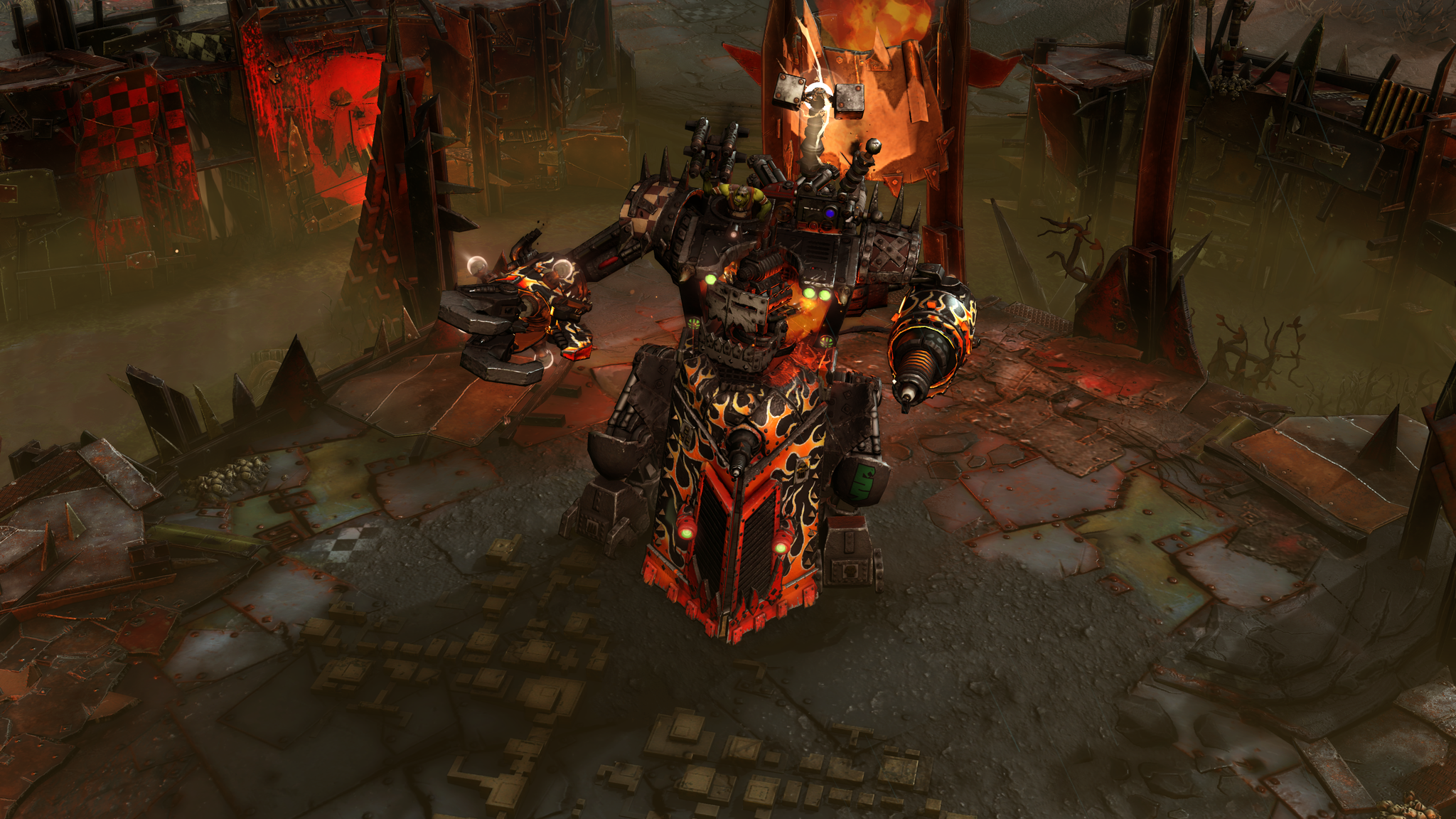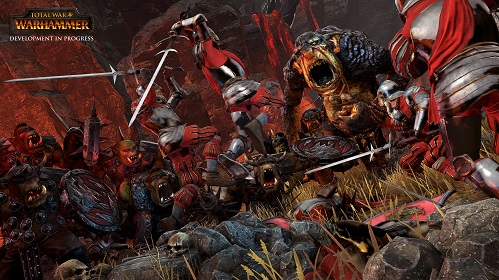
Before we begin, yes, I also thought that this game was called Total Warhammer, and yes, I also think that would have been an amazing title. Warhammer Fantasy is a franchise with a massive following across the world, but was sadly under-represented in games with companies preferring the future-based Warhammer 40,000 instead. So the 2012 announcement that SEGA has licensed the IP, and created a new team at Creative Assembly to develop a game based on it, was met with massive anticipation and hype. It wasn’t until 2015 that this partnership began to bear fruit, with rumours starting to swirl that Creative Assembly were developing an entry into the Total War franchise based on the Warhammer Fantasy IP. It wasn’t long after this that Total War: Warhammer was announced, but was all the hype and anticipation worth the 3.5 year wait?
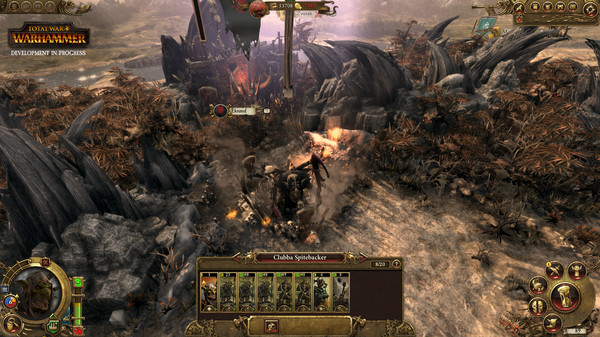
I’ve never played a Total War game before this, and I deliberately went in blind to keep my experience as new and surprising as I could. As a result of this and expecting something closer to Age of Empires, I was surprised by the turn based overworld and slower pace of the game. For those who haven’t played a Total War game before, it’s quite similar to playing a game of Risk. You begin in a turn based overworld where you can expand and upgrade the cities you hold, engage in diplomacy with other factions and move your armies to attack enemies and cities. Once you attack an army or are attacked yourself, you’re taken to a separate map that plays like a traditional RTS. Before the battle begins, you’re able to freely position your army within a certain area and from there you direct it in an all-out war against your opponent. Your position on the terrain matters, with forests hiding your army from sight and giving the potential to prepare ambushes, and high ground giving you an advantage over an army coming up the slopes. What results is a highly strategic battle where not only your army composition matters, but also the positioning. It leads to battles where a great strategy can win out against superior numbers.
While battles are important in Total War: Warhammer, diplomacy and city development are just as important to your success. Developing your cities can do a myriad of things, from giving you the option of recruiting new troops, generating more income, maintaining a larger army, and even help maintain public order. Additionally, you also develop technologies, which don’t cost anything but the turns they take to develop. Technologies can do a lot of different things, like reducing the cost of recruitment and increasing the damage your troops can do. These lead to a high level of customisation, allowing you to alter your bonuses to match how you want to play. Diplomacy can also make or break your campaign. All your grand standing and expansion means nothing if you ignore the diplomacy options and your enemies all unite against you. The likely success of diplomacy depends on multiple factors, including what you’re requesting and offering, the strength of your armies and the territory you hold. You can enter into trade agreements, generating extra income, agree on peace treaties and even jointly declare war on other factions. This makes the game feel like there is a really high level focus on strategy, diplomacy and building, and they all come together perfectly. The only negative is that some players might be daunted by the length and complexity of campaigns.
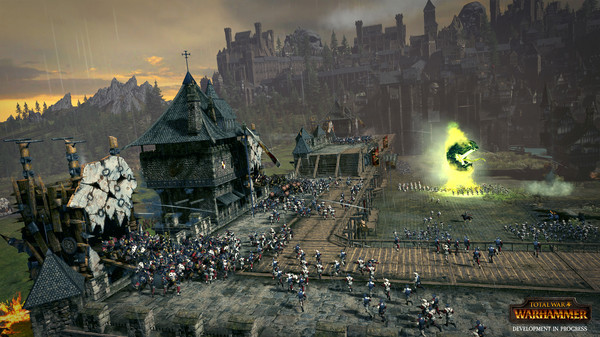
Total War: Warhammer is the first Total War game not based in some form of our reality, thanks to the use of the Warhammer Fantasy setting. The highly developed nature and history of Warhammer Fantasy meant that Creative Assembly have been able to bring in races and factions that already have a backstory and relationships built in. Since a lot of these are based on what are now considered standard fantasy rivalries, they’re easy to understand for new players and recognisable for people familiar with Warhammer Fantasy. While Dwarves and The Empire (Humans) might be rivals, they will join forces against the Green Skins (Orcs and Goblins) and Vampire Counts. These relationships also help set the scene early in games. The campaign mode also relies on these race-relations, with campaign victory conditions generally including holding a certain amount of territories between yourself and allied races, and wiping out specific enemy factions. The setting also brings a number of design choices with it that help keep the fantasy setting fresh, while also being familiar to those with knowledge of Warhammer Fantasy. It brings an extra level of technology with it, compared to standard fantasy settings, with elements that could almost be called Steampunk. The Dwarven Gyrocopters (tiny helicopters) are the perfect example of this. These little elements to the setting help keep it fresh throughout the game.
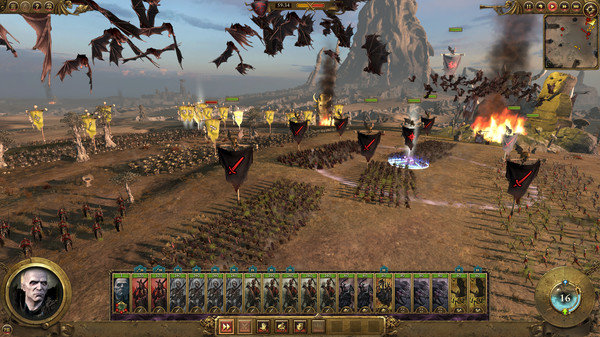
Warhammer Fantasy also brings a certain aesthetic with it and Creative Assembly have nailed it. If you’ve played Warcraft this may be very familiar, but don’t accuse Games Workshop of copying Blizzard, as it was Warhammer Fantasy that was the inspiration for the art-style of Warcraft. Characters have a certain cartoonish aspect to their design, which seems to be the way of choice to show fantasy settings in many games today. The fact that Creative Assembly is using a license that already has a well-developed art style, it means that they couldn’t really stray away from it. While the art-style is uninspiring at times, the models are extremely detailed and look exactly like they do in my books and terrain looks great even when zoomed all the way in. Total War: Warhammer is one of the best looking large scale strategy games I’ve seen.
Total War: Warhammer is an excellent representation of the Warhammer Fantasy setting, and the multi-tiered layers of strategy make it a compelling game to play. The setting makes it unique compared to other strategy games, and the various options throughout a game make it highly customisable and means each game is unique. Both fans of Warhammer Fantasy and strategy games should jump on this.
Excellent level of customisation in gameplay
Beautiful presentation
Length of campaigns and complexity may daunt some


